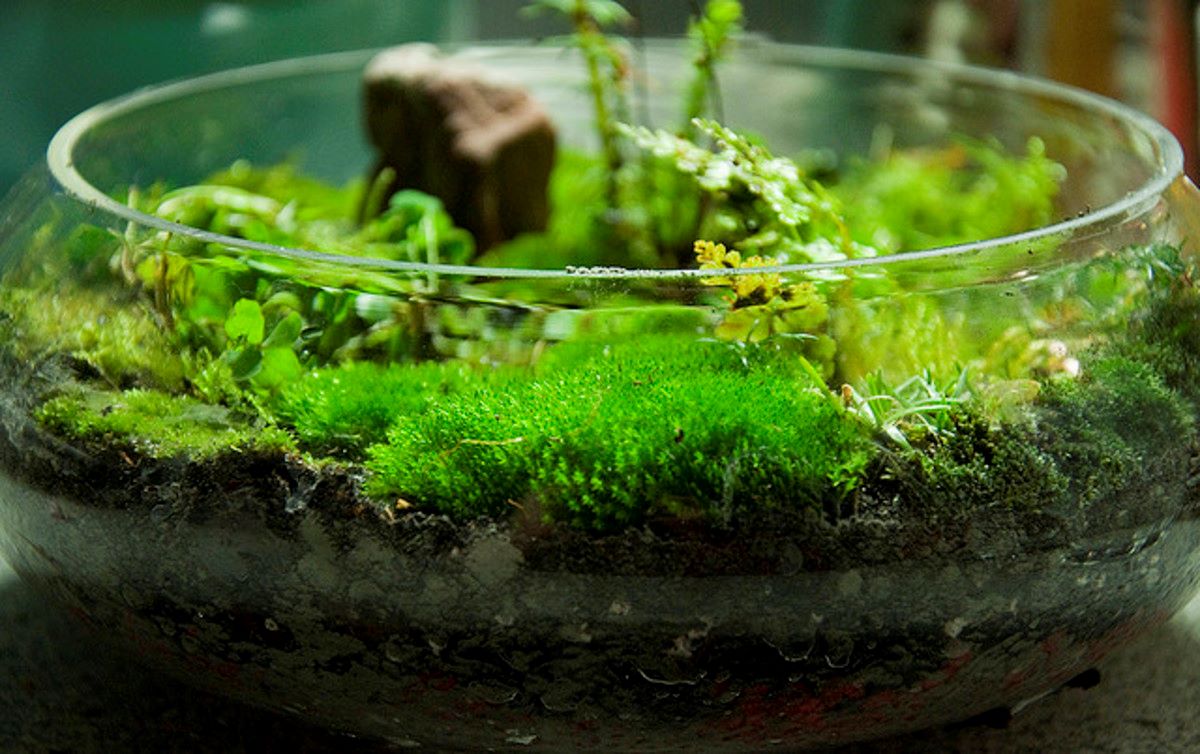

Articles
How To Store Moss
Modified: August 17, 2024
Learn the best methods for storing moss and keeping it healthy with our informative articles. Find tips on preserving moss for various projects and environments.
(Many of the links in this article redirect to a specific reviewed product. Your purchase of these products through affiliate links helps to generate commission for Storables.com, at no extra cost. Learn more)
Introduction
Moss is a versatile and beautiful plant that thrives in damp environments. It is often used in various landscaping projects, terrariums, and even in floral arrangements. However, to ensure the longevity and quality of your moss, proper storage is essential. Storing moss correctly will prevent it from drying out or becoming damaged, allowing you to enjoy its beauty for an extended period.
In this article, we will explore the importance of proper moss storage and provide you with valuable tips on how to store moss effectively. Whether you are a gardener, a florist, or simply a moss enthusiast, these guidelines will help you keep your moss looking vibrant and healthy.
So, let’s delve into the world of moss storage and uncover the secrets to maintaining its freshness and beauty!
Key Takeaways:
- Proper moss storage is crucial for maintaining its health, vibrancy, and longevity. Factors like moisture levels, container choice, and storage location play a key role in preserving the quality of stored moss.
- Avoiding common moss storage mistakes, such as neglecting regular inspection and using airtight containers, is essential for ensuring the health and vibrancy of stored moss. Proper preparation, mindful care, and long-term storage considerations contribute to successful moss storage.
Read more: How To Store Peat Moss
Importance of Proper Moss Storage
Proper moss storage is crucial for maintaining the health and aesthetic appeal of this delicate plant. Here are some reasons why investing time and effort into storing moss correctly is essential:
- Preserves Moisture: Moss thrives in moist environments. Improper storage can cause it to dry out quickly, leading to wilted and brown moss. By storing moss correctly, you can preserve the necessary moisture levels, keeping it vibrant and green for longer.
- Extends Lifespan: Moss has a relatively short lifespan, especially if it is not stored properly. By storing it correctly, you can extend its longevity, allowing you to use it in various projects or enjoy its beauty for an extended period.
- Maintains Vibrancy: Moss is known for its lush green color and soft texture. Improper storage can cause it to become discolored, dull, and brittle. By storing moss correctly, you can maintain its vibrancy, keeping it visually appealing and adding a natural touch to your projects.
- Prevents Damage: Moss is delicate and easily damaged. Without proper storage, it can become crushed, torn, or even grow mold or fungus. By storing it in a suitable way, you can protect it from physical damage and ensure its overall health and appearance.
- Cost-Effective: Storing moss properly helps avoid unnecessary replacements. By maintaining its quality, you can avoid frequent purchases, saving you both time and money. Additionally, you can use the stored moss in multiple projects, maximizing its value.
Overall, proper moss storage is essential to maintain its beauty, integrity, and longevity. By preserving its moisture levels, extending its lifespan, and preventing damage, you can enjoy vibrant and healthy moss for a longer period, ensuring the success of your landscaping or decorative endeavors.
Factors to Consider Before Storing Moss
Before storing moss, there are several important factors to consider. These factors will ensure that you create the ideal environment for preserving the health and quality of your moss. Let’s take a look at these factors:
- Type of Moss: Different types of moss have varying storage requirements. Some mosses prefer slightly drier conditions, while others thrive in moist environments. Before storing moss, identify the specific type you are working with and research its optimal storage conditions.
- Cleanliness: Ensure that the moss is clean and free from any debris, insects, or other contaminants before storing it. Cleaning the moss involves gently brushing off any dirt or foreign particles and removing any dead or damaged portions.
- Moisture Levels: Moss requires a specific level of moisture to thrive. Before storing it, make sure that the moss is hydrated but not overly saturated. If it’s too wet, it may rot or develop mold during storage.
- Storage Container: Choose the right container for storing moss. Opt for breathable containers that allow air circulation while preventing excessive moisture loss. Plastic or glass containers with lids with small ventilation holes work well for storing moss.
- Temperature and Humidity: Moss thrives in cool and humid environments. Consider the temperature and humidity levels of the area where you plan to store the moss. Aim for a temperature between 40-60°F (4-15°C) and a humidity level of around 70-80%.
- Light Exposure: Moss prefers low-light conditions and can be sensitive to direct sunlight. Avoid storing moss in an area with excessive sunlight, as it can lead to excessive drying or heat stress.
- Duration of Storage: Determine how long you plan to store the moss. If you intend to store it for an extended period, you may need to take additional measures, such as refrigeration or freezing, to maintain its quality and freshness.
- Labeling and Organization: If you are storing different types of moss or moss for various projects, it’s essential to label and organize them properly. This will help you easily identify and access the moss when needed.
By considering these factors before storing moss, you can create an optimal environment that will help maintain its health, vitality, and visual appeal. This careful preparation ensures that you achieve the desired results when using the moss for landscaping, crafts, or any other application.
Preparing Moss for Storage
Properly preparing moss for storage is essential to ensure its longevity and quality. Follow these steps to prepare your moss for storage:
- Clean the Moss: Remove any debris, dead leaves, or foreign particles from the moss. Gently brush off any dirt or dust using a soft-bristled brush or your fingers. This step ensures that you store clean and healthy moss.
- Trim and Prune: Inspect the moss for any damaged or brown portions. Use clean scissors or pruning shears to trim away any unsightly or unhealthy parts. Pruning helps promote new growth and maintains the overall appearance of the moss.
- Mist with Water: Before storing the moss, mist it lightly with water to provide a boost of moisture. Avoid soaking the moss, as excessive moisture can lead to rotting during storage. The misting helps ensure that the moss remains hydrated throughout the storage period.
- Air-Dry: Allow the moss to air-dry for a short period before storing. This step helps remove any excess water and prevents excessive moisture buildup, which can lead to mold or fungus growth during storage.
- Separate into Sections: If you have different varieties or colors of moss, consider separating them into labeled sections. This will make it easier to access and use specific types of moss when needed, preventing any mix-ups or confusion.
- Place in Storage Container: Select a breathable container, such as a plastic or glass container with small ventilation holes. Avoid airtight containers, as they can trap moisture and damage the moss. Place the prepared moss into the container, ensuring it has enough space and is not overly compressed.
- Add Moisture Control: To maintain optimal moisture levels during storage, you can add a moisture control element like a damp paper towel or a small bowl of water inside the container. This will help regulate the moisture and prevent the moss from drying out or becoming too wet.
- Label and Date: Label the storage container with the type of moss, date of storage, and any other relevant information. This will help you keep track of the storage period and easily identify the moss when needed.
By following these steps and properly preparing your moss for storage, you can ensure that it remains healthy, vibrant, and ready for use in your future projects. Taking the time to prepare the moss adequately will pay off in the long run by preserving its quality and extending its longevity.
Storing Moss in Containers
Choosing the right container and storing moss properly is crucial for maintaining its health and quality. Here are some guidelines for storing moss in containers:
- Breathable Containers: Select containers that allow for air circulation to prevent excessive moisture buildup. Plastic or glass containers with small ventilation holes or lids with small gaps work well for storing moss. Avoid airtight containers, as they can trap moisture and promote mold or fungus growth.
- Size of the Container: Choose a container that provides enough space for the moss without compressing it. Consider the volume of moss you intend to store and select a container that accommodates it comfortably without overcrowding.
- Layering: If you have multiple layers or varieties of moss to store, consider placing a layer of tissue paper or breathable fabric between each layer. This will help prevent the moss from sticking together and allow for better air circulation.
- Maintain Moisture Levels: Moss requires a specific level of moisture to thrive. To maintain optimal moisture, you can place a damp paper towel or a small dish of water inside the container. This moisture control element will help regulate the moisture and prevent the moss from drying out or becoming too wet.
- Storage Location: Find a suitable location for storing the moss containers. Choose a cool and dark area with stable temperature and humidity levels. Avoid storing the containers in areas with direct sunlight or extreme temperature fluctuations.
- Organize and Label: To keep track of different types or batches of moss, organize the containers and label them accordingly. This will help you easily identify and access specific moss when needed.
- Regularly Check and Monitor: Periodically check the stored moss containers to ensure that they remain in optimal condition. Inspect the moisture levels, and if necessary, adjust them by adding or removing moisture control elements. Also, check for any signs of mold, fungus, or deterioration and address them promptly.
- Duration of Storage: Consider the duration for which you plan to store the moss. If you need to store it for an extended period, you may need to take additional measures, such as freezing or refrigeration, to maintain its freshness and quality.
By following these guidelines and storing moss in containers properly, you can create an environment that promotes the health and longevity of the moss. With the right container and storage conditions, you can ensure that your moss remains vibrant, lush, and ready for use in your landscaping or decorative projects.
Store moss in a cool, damp place to keep it fresh. You can use a plastic bag or container with a lid, and add a damp paper towel to maintain moisture. Keep it out of direct sunlight.
Read more: How To Store Sea Moss
Choosing the Right Storage Location for Moss
When it comes to storing moss, selecting the right storage location is vital to maintain its freshness and quality. Here are some considerations to keep in mind when choosing the storage location for your moss:
- Temperature: Moss thrives in cool environments. Avoid storing it in areas with high temperatures, as excessive heat can cause the moss to dry out quickly and become damaged. Aim for a storage location with a temperature between 40-60°F (4-15°C).
- Humidity: Moss requires a certain level of humidity to remain vibrant and healthy. It thrives in environments with humidity levels of around 70-80%. Look for a storage location that maintains a consistent humidity level to prevent the moss from drying out.
- Avoid Direct Sunlight: Moss prefers low-light conditions and can be sensitive to direct sunlight. Exposure to direct sunlight can cause the moss to dry out, fade in color, and become brittle. Choose a storage location that is away from windows or any other sources of direct sunlight.
- Consistency: Moss prefers stable environments. Avoid storing it in areas with fluctuating temperatures or humidity levels, as this can stress the moss and lead to deterioration. Find a storage location that provides consistent temperature and humidity throughout the storage period.
- Avoid Drafts: Drafty areas can cause rapid moisture loss and fluctuations in temperature, which are detrimental to stored moss. Avoid storing moss in locations with frequent drafts or airflow, such as near vents or open windows.
- Darkness: While moss does not require complete darkness, it generally prefers dimly lit environments. Choose a storage location that offers minimal exposure to artificial or natural light to maintain the vibrant green color of the moss.
- Clean Environment: Ensure that the storage location is clean and free from dust, pollutants, or any potential contaminants. Dust and debris can settle on the moss and impact its overall health and appearance.
- Accessibility: Consider the accessibility of the storage location. While you want to keep the moss in a secure area, make sure it is easily accessible when you need to retrieve or inspect it. This will allow you to monitor the moss regularly and address any potential issues promptly.
By considering these factors and selecting the right storage location, you can provide an optimal environment for your moss to thrive. Maintaining the ideal temperature, humidity, light conditions, and cleanliness will help ensure that your moss remains vibrant, healthy, and ready for use whenever you need it.
Maintaining Moss Quality During Storage
Maintaining the quality of moss during storage is crucial to ensure its freshness and visual appeal. Here are some tips to help you preserve the quality of your stored moss:
- Monitor Moisture Levels: Regularly check the moisture levels of the stored moss. If the moss appears dry, lightly mist it with water to rehydrate. On the other hand, if there is excessive moisture, remove any excess water or adjust the moisture control elements in the storage container.
- Avoid Overcrowding: Avoid overcrowding the moss in the storage container. Overcrowding can restrict air circulation and lead to moisture buildup or the development of mold or fungus. Allow sufficient space for the moss to breathe and maintain its quality.
- Check for Mold or Fungus: Periodically inspect the moss for any signs of mold or fungus growth. If you notice any, remove the affected portions immediately to prevent further spread. Ensure that the storage container is clean and free from any contaminants that could promote mold growth.
- Proper Ventilation: Ensure that the storage container provides adequate ventilation. This allows for the exchange of air and helps prevent excessive moisture buildup. Opt for containers with small ventilation holes or lids with small gaps to ensure proper airflow.
- Watch for Pest Infestation: Keep an eye out for any signs of pest infestation, such as insects or larvae, in the stored moss. If you notice any pests, take appropriate measures to eradicate them, as they can damage the moss and compromise its quality.
- Periodically Rotate the Container: Occasionally rotate the storage container to ensure that all sides of the moss receive equal exposure to light and air. This helps maintain the moss’s overall health and prevents uneven growth or discoloration.
- Regularly Inspect and Clean the Container: Clean the storage container periodically to remove any dust, dirt, or debris that may have accumulated. A clean container ensures a healthy environment for the moss and prevents any potential contaminants from affecting its quality.
- Label and Date: Keep track of the storage period by labeling and dating the container. This helps you monitor the age of the moss and determine when it may require inspection, adjustment, or potential replacement.
- Store in a Stable Environment: Ensure that the storage location provides a stable environment with consistent temperature and humidity levels. Fluctuations in temperature or humidity can stress the moss and negatively impact its quality.
By following these tips and maintaining proper care during storage, you can preserve the quality of your moss. Regular monitoring, proper ventilation, cleanliness, and appropriate pest control measures will help you enjoy vibrant and healthy moss for an extended period.
Tips for Long-Term Moss Storage
If you plan on storing moss for an extended period, there are some additional tips you can follow to ensure its longevity and maintain its quality:
- Freezing Method: Freezing moss can be an effective long-term storage method. Place the moss in a sealed bag or container and place it in the freezer. Freezing helps to halt moss growth and preserve its freshness. Before using the moss, allow it to thaw naturally at room temperature.
- Refrigeration: Refrigerating moss can prolong its storage life. Place the moss in a breathable container or bag and store it in the refrigerator’s vegetable or crisper drawer. Ensure that the moss is not in direct contact with cold surfaces or condensation, as this can lead to excess moisture or freezing damage.
- Use Moisture Control: For long-term storage, consider using moisture control methods to maintain optimal moisture levels. Silica gel packets, desiccants, or humidity control devices can help regulate moisture and prevent mold or deterioration. Place the moss and the moisture control element in a breathable container and monitor regularly.
- Avoid Disturbances: Once you have stored the moss, try to minimize disturbances as much as possible. Avoid frequent handling, shaking, or moving the container, as this can disrupt the moss and impact its quality. Store the moss in a secure location where it won’t be disturbed unnecessarily.
- Regular Checks: Periodically inspect stored moss for any signs of mold, pest infestation, or deterioration. Remove any damaged or affected portions immediately to prevent further spread. This will help maintain the overall quality and ensure you catch any potential issues early on.
- Proper Thawing: If you are thawing frozen moss or bringing refrigerated moss to room temperature, allow it to thaw naturally. Avoid speeding up the process using heat sources or microwaving, as this can damage the moss. Slow thawing ensures that the moss remains intact and minimizes any potential stress.
- Consider Proper Disposal: If, during your inspection, you find moss that is damaged beyond repair or has deteriorated significantly, consider disposing of it properly. Removing any compromised moss from the storage area prevents the potential spread of mold or pests to the healthy moss.
- Label and Record: Keep track of your long-term moss storage by labeling containers with the date of storage and any relevant information. Also, maintain a record of your storage methods and any observations you make during the storage period. This record will help you make improvements for future storage or reference the stored moss when needed.
By following these tips for long-term moss storage, you can preserve the quality and freshness of your moss for an extended period. Whether you choose freezing, refrigeration, or utilizing moisture control methods, proper care and regular checks are key to maintaining the health and vitality of your stored moss.
Avoiding Common Moss Storage Mistakes
When it comes to storing moss, there are some common mistakes that can negatively impact its quality and longevity. By being aware of these mistakes and avoiding them, you can ensure that your stored moss remains healthy and vibrant. Here are some common moss storage mistakes to avoid:
- Using Airtight Containers: Airtight containers can trap moisture and lead to mold or fungus growth. Avoid using containers without proper ventilation as they can suffocate the moss. Opt for breathable containers with small ventilation holes or lids with small gaps to allow for air circulation.
- Exposing to Direct Sunlight: Moss prefers low-light conditions and can be sensitive to direct sunlight. Exposing stored moss to direct sunlight can cause it to dry out quickly and become damaged. Choose a storage location away from windows or sources of direct sunlight.
- Not Monitoring Moisture Levels: Moss requires a specific level of moisture to thrive. Neglecting to monitor and adjust the moisture levels in the storage container can lead to the moss drying out or becoming overly moist. Regularly check the moss and adjust the moisture control elements as needed.
- Neglecting Regular Inspection: Failing to regularly inspect the stored moss can result in unnoticed mold growth, pest infestations, or deterioration. Make it a habit to inspect the moss periodically to catch any issues early on and take appropriate actions to address them promptly.
- Overcrowding the Storage Container: Overcrowding the storage container can restrict air circulation and promote excessive moisture buildup. This can lead to mold or fungus growth and affect the overall quality of the moss. Allow sufficient space for the moss to breathe and grow without being crowded.
- Not Cleaning the Storage Container: Neglecting to clean the storage container regularly can result in the accumulation of dust, dirt, or contaminants that can harm the moss. Keep the container clean and free from any debris to maintain a healthy environment for the moss.
- Storing in Unstable Environments: Moss prefers stable environments with consistent temperature and humidity levels. Storing the moss in areas with fluctuating temperatures or humidity can stress the moss and impact its quality. Choose a storage location that provides stability for the moss.
- Ignoring Pest Infestation: Pests can cause significant damage to stored moss. Ignoring signs of pest infestation, such as insects or larvae, can result in the deterioration of the moss. Take immediate action to address any pest issues to preserve the quality of the moss.
- Not Properly Labeling Containers: Failing to label containers with important information, such as the date of storage or the type of moss, can lead to confusion or difficulty in identifying the moss when needed. Proper labeling ensures clarity and helps maintain organization with your stored moss.
- Ignoring Duration of Storage: Different moss types and storage methods may have varying storage durations. Ignoring the duration of storage can lead to stored moss being left for too long, resulting in quality deterioration. Take note of the recommended storage durations and plan accordingly.
By avoiding these common moss storage mistakes, you can ensure that your stored moss remains in optimal condition. Proper ventilation, monitoring moisture levels, regular inspection, cleanliness, and a stable storage environment are key factors in preserving the health and longevity of your moss.
Read more: How To Store Sphagnum Moss
Conclusion
Proper storage of moss is essential for maintaining its health, vibrancy, and quality. By taking the time to store moss correctly, you can preserve its moisture, extend its lifespan, and prevent damage or deterioration.
Before storing moss, consider factors such as the type of moss, cleanliness, moisture levels, and the choice of a suitable storage container. Pay attention to the storage location, ensuring that it offers stable temperature and humidity levels and minimal light exposure. Proper preparation, such as cleaning, trimming, and misting the moss, helps ensure its readiness for storage.
When storing moss, choose breathable containers and avoid common mistakes like using airtight containers or exposing the moss to direct sunlight. Monitor moisture levels, regularly inspect stored moss, and address any mold, pests, or damage promptly. Label and organize the containers to ensure easy access and identification when needed.
For long-term storage, consider freezing or refrigerating the moss, and utilize moisture control methods to regulate moisture levels effectively. However, be mindful of proper thawing methods and carefully monitor the moss during the storage period.
By avoiding common storage mistakes, such as overcrowding containers, neglecting regular inspection, or ignoring pest infestation, you can ensure the longevity and quality of your stored moss.
In conclusion, with proper preparation, the right storage conditions, and mindful care, you can store moss successfully and enjoy its beauty for an extended period. Whether you are a gardener, a florist, or a moss enthusiast, these guidelines will help you maintain vibrant, vibrant and healthy moss as you incorporate it into your landscaping projects or decorative arrangements. Embrace the art of moss storage and witness the long-lasting beauty it provides!
Frequently Asked Questions about How To Store Moss
Was this page helpful?
At Storables.com, we guarantee accurate and reliable information. Our content, validated by Expert Board Contributors, is crafted following stringent Editorial Policies. We're committed to providing you with well-researched, expert-backed insights for all your informational needs.
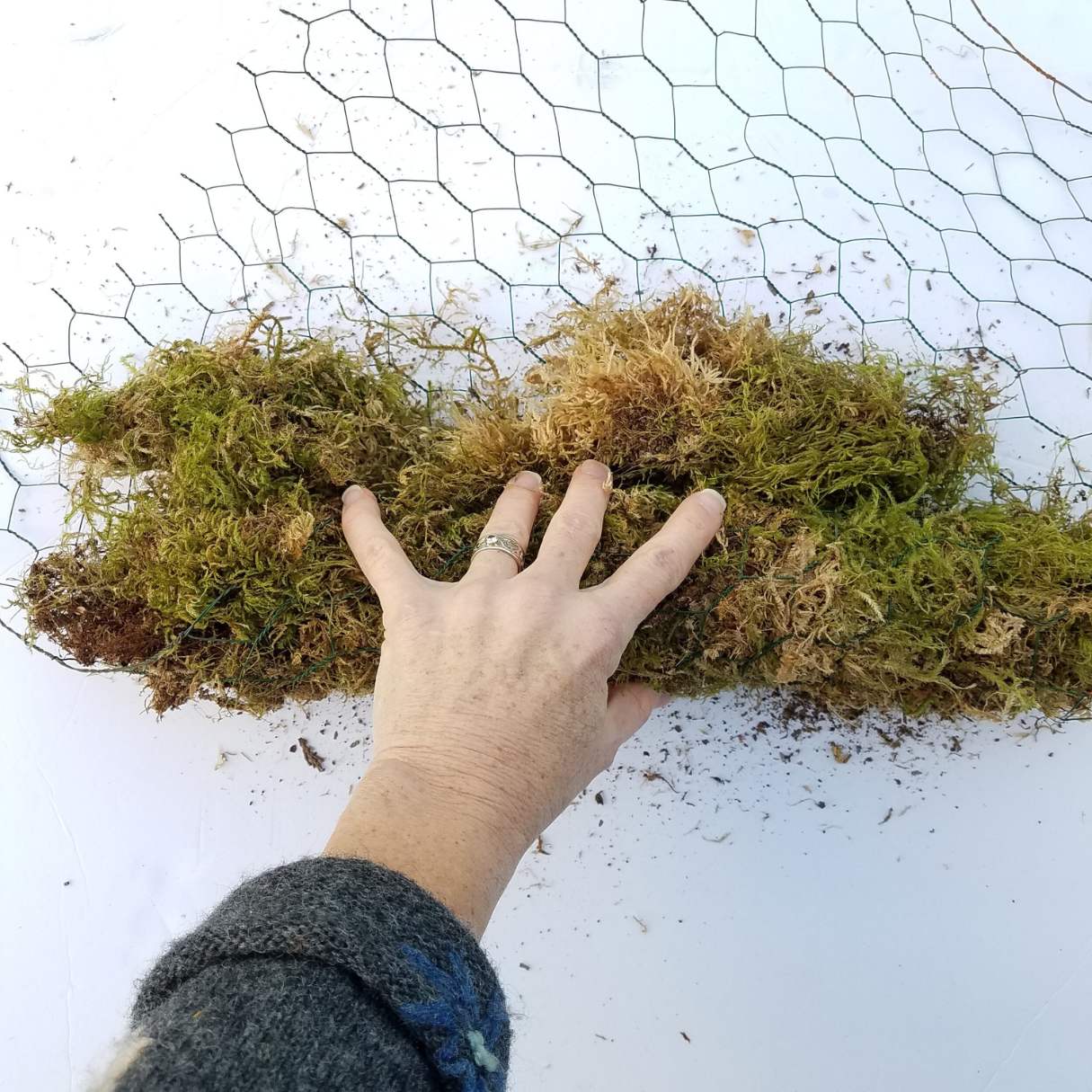
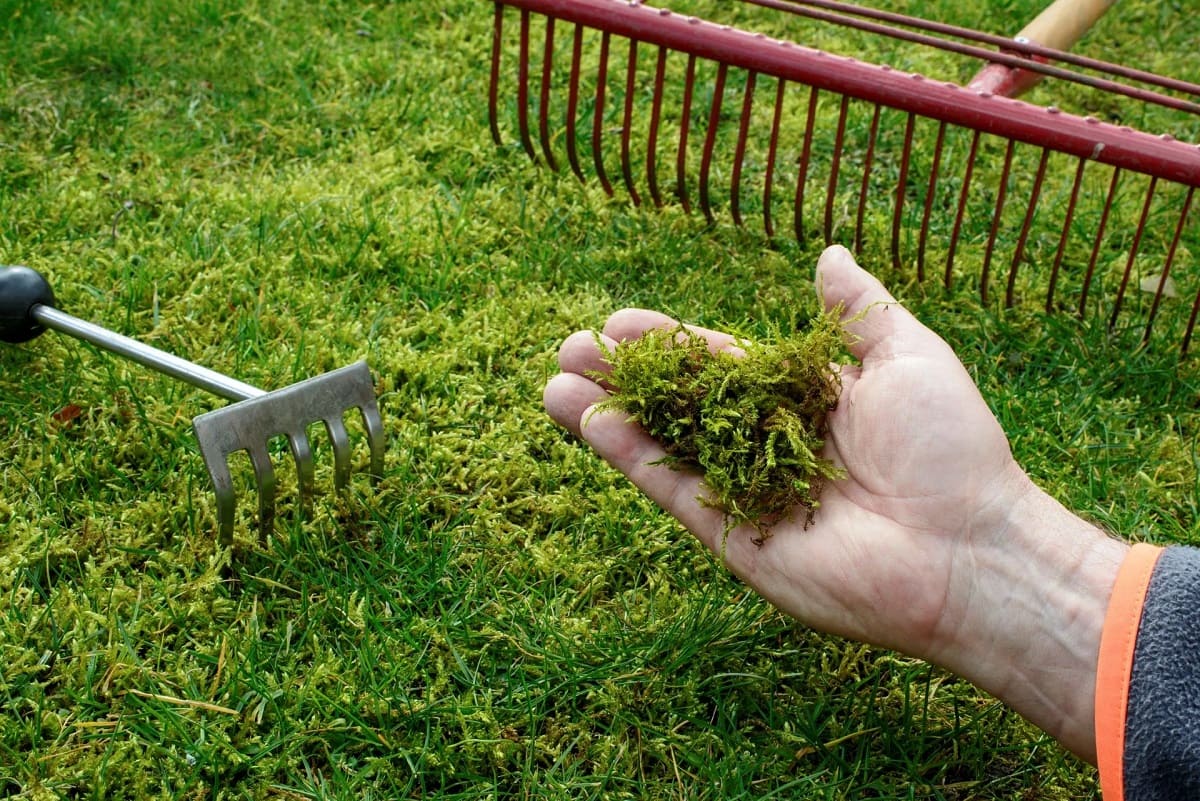

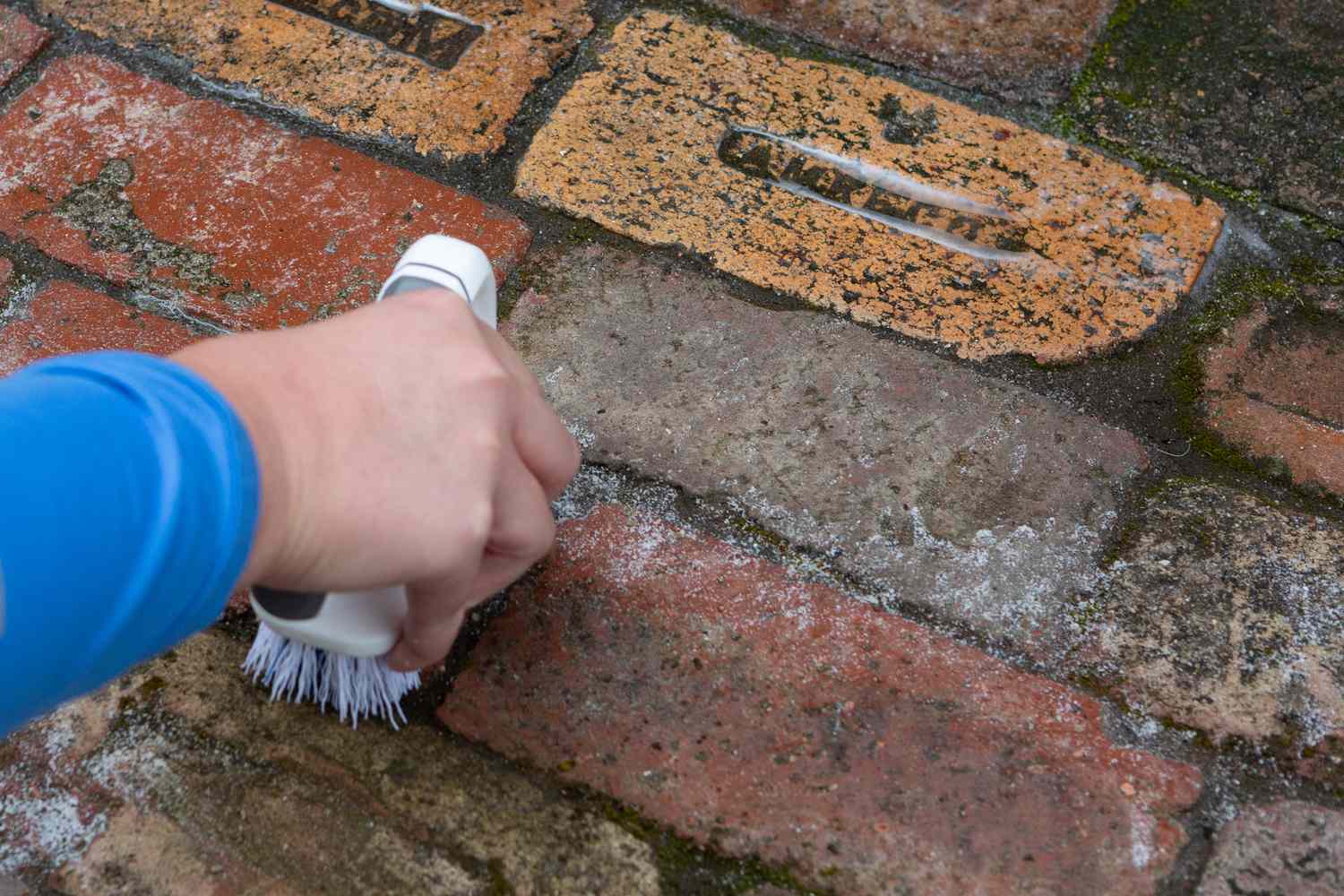
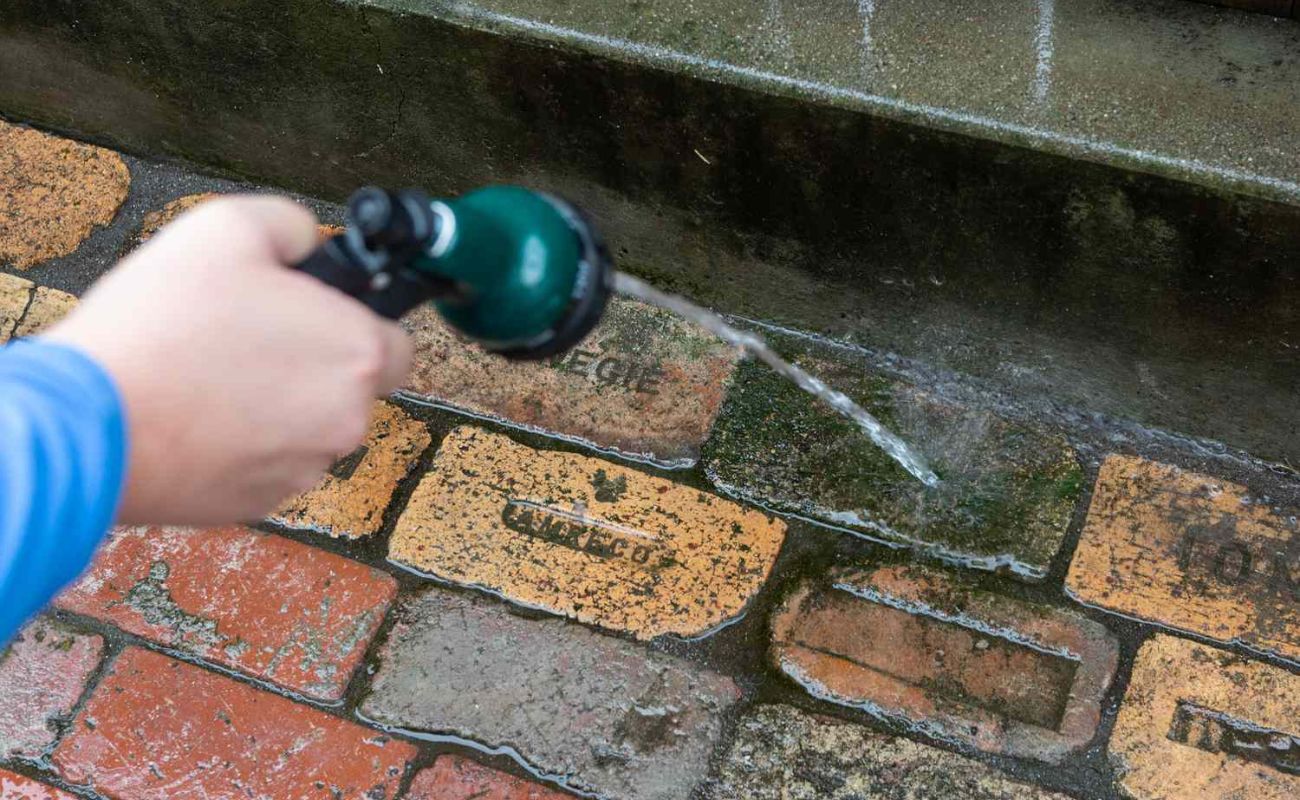
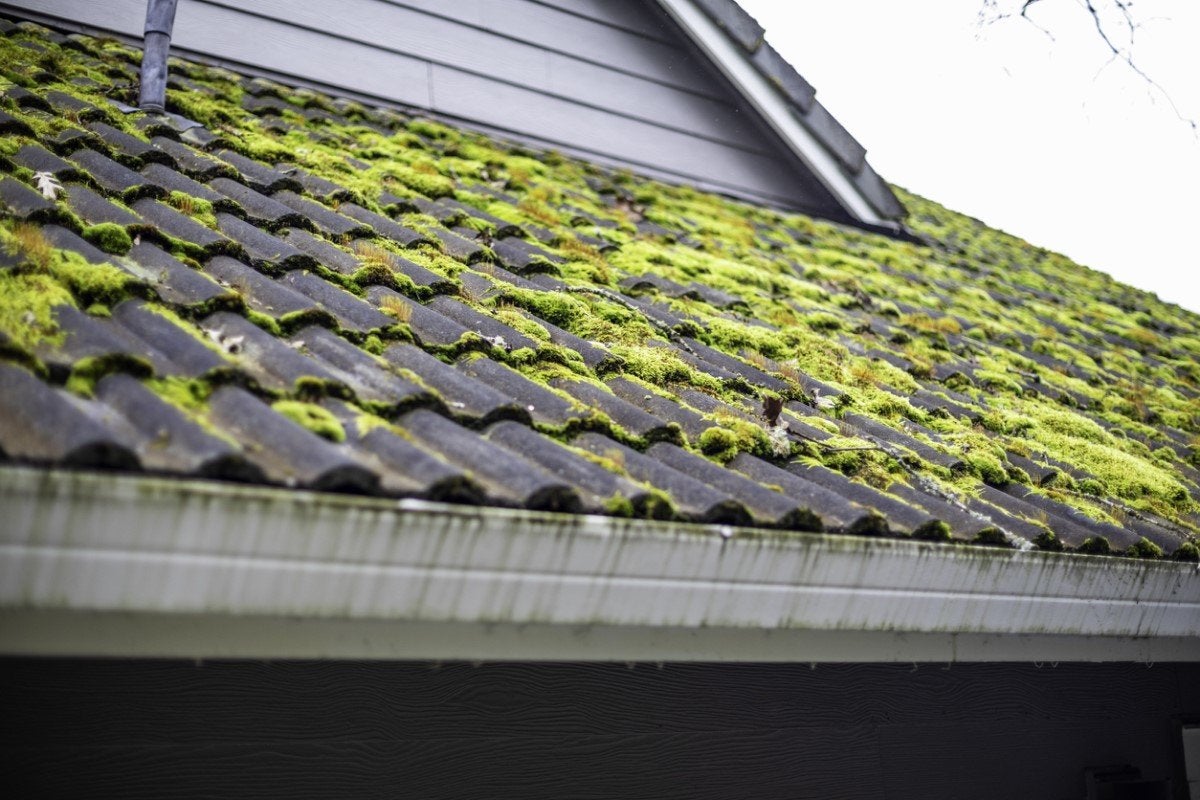
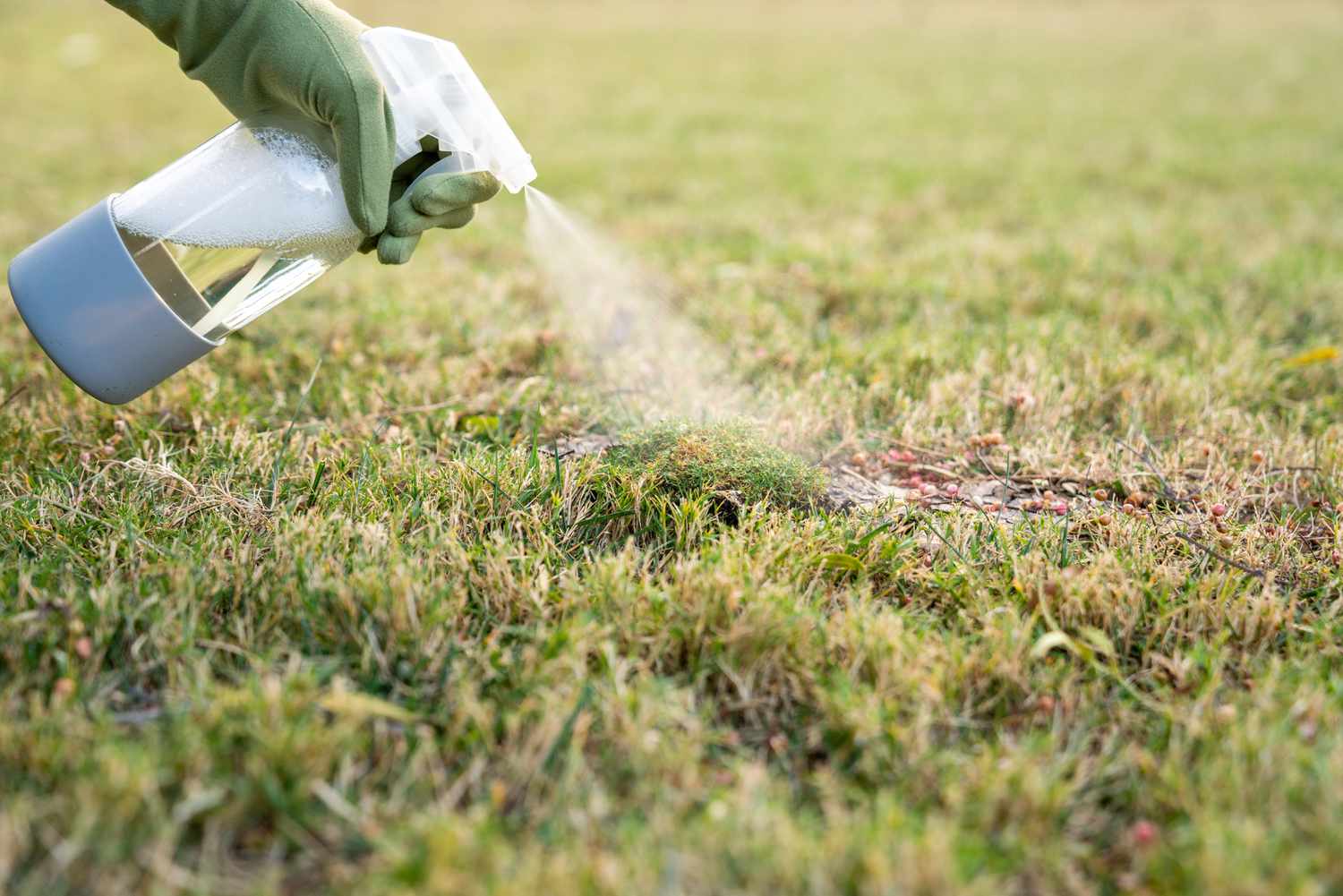
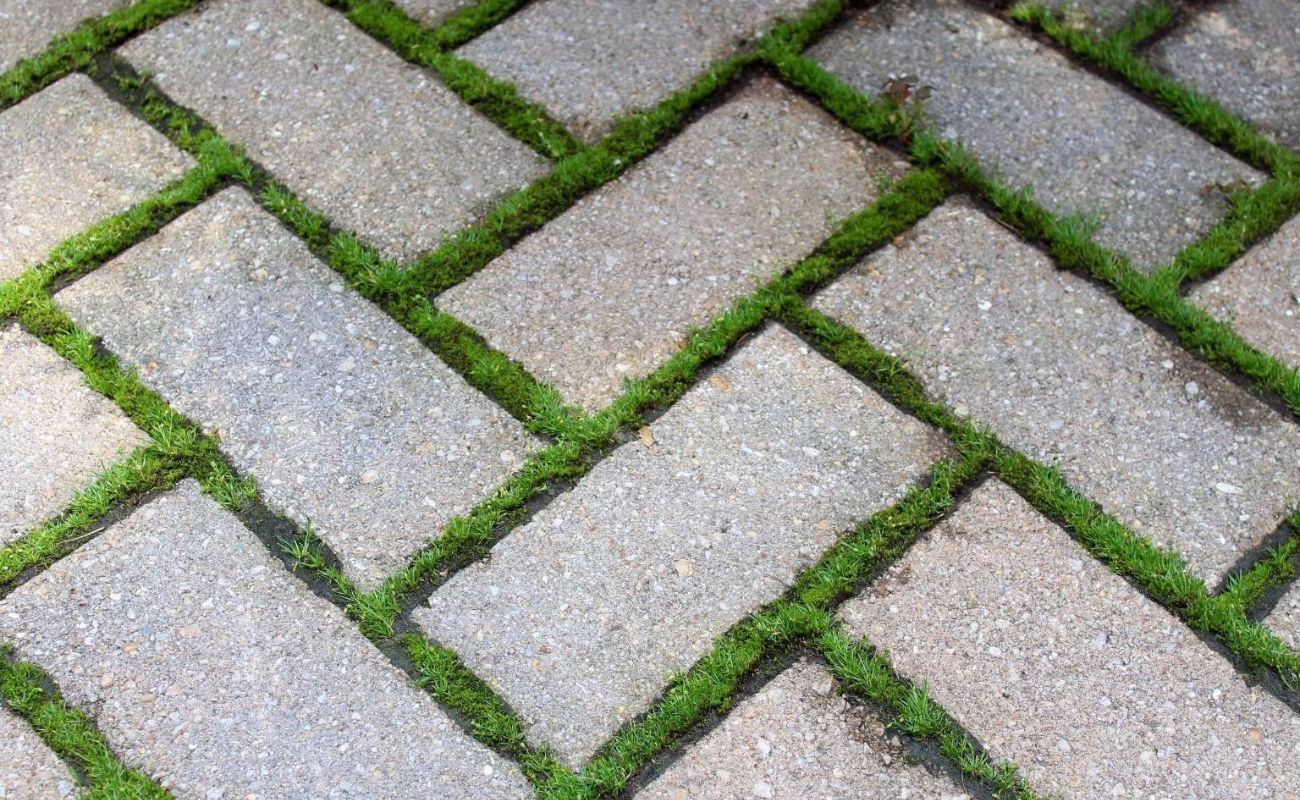
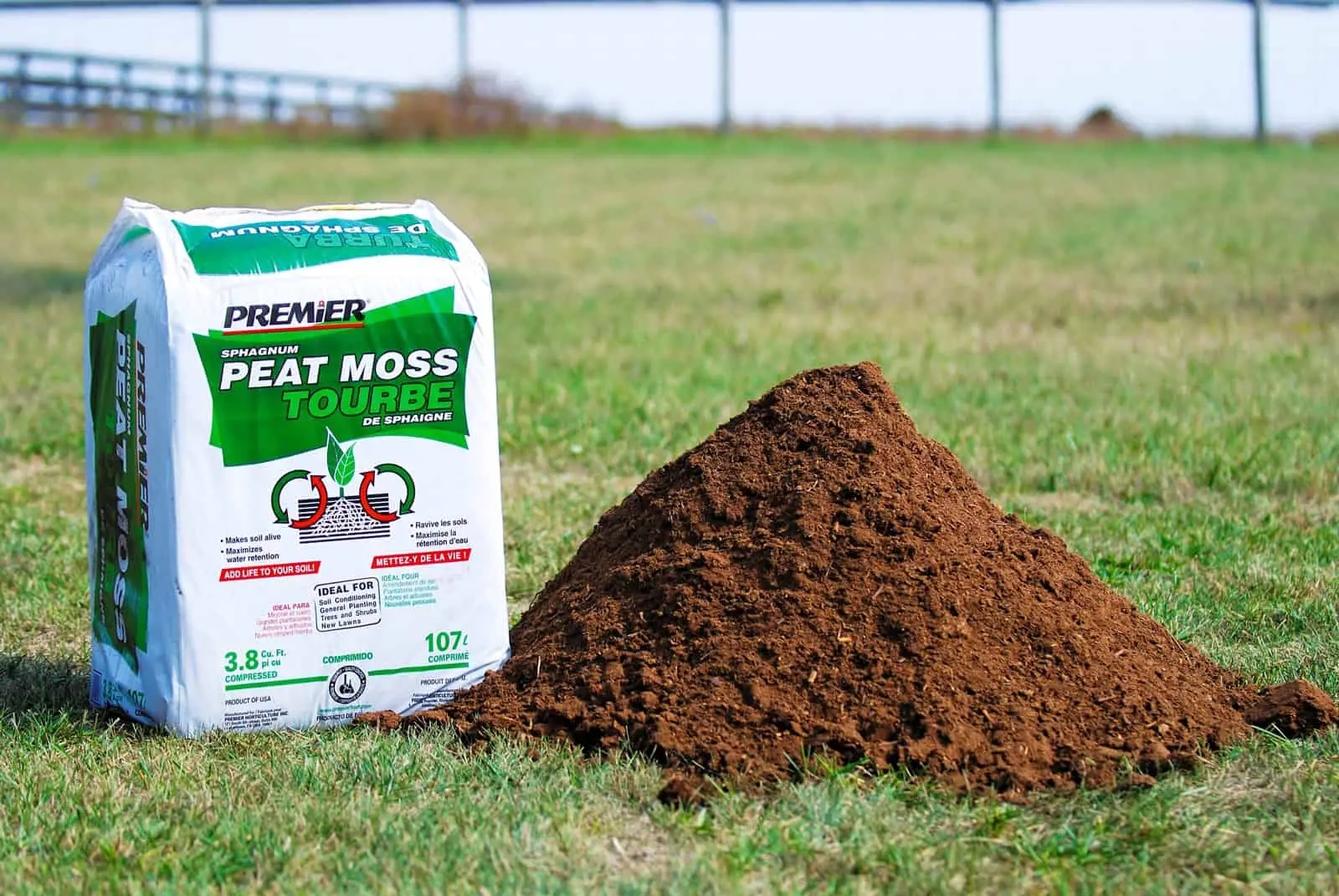
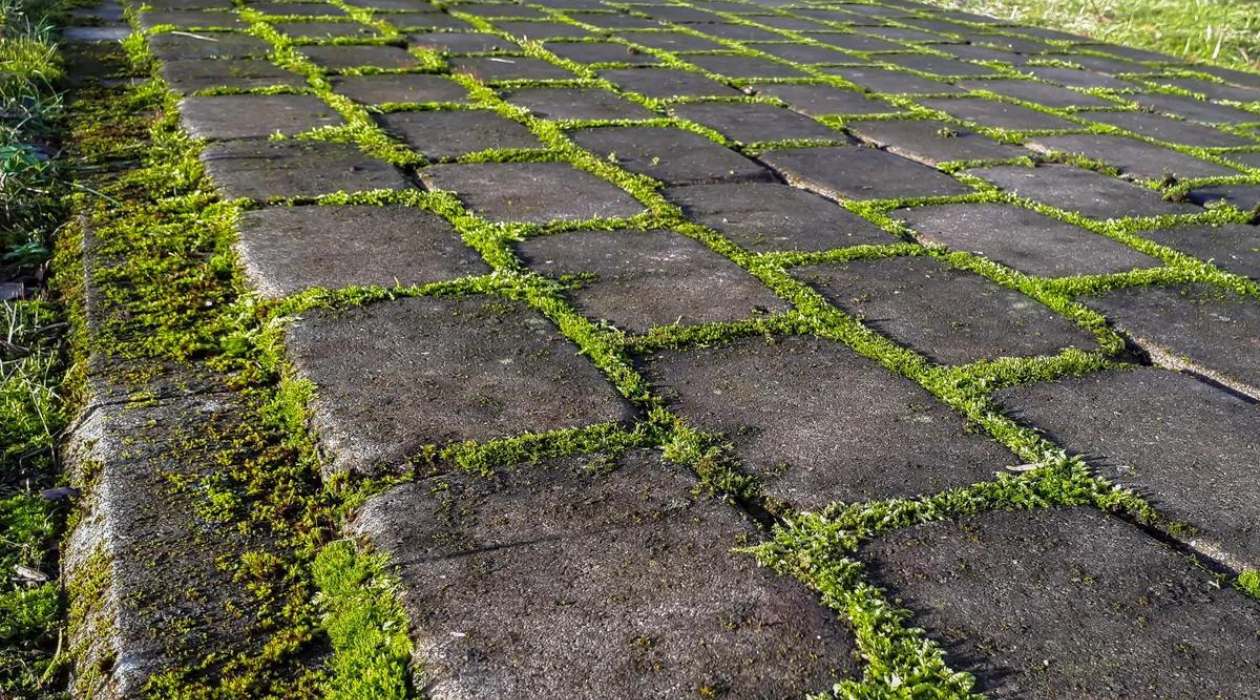
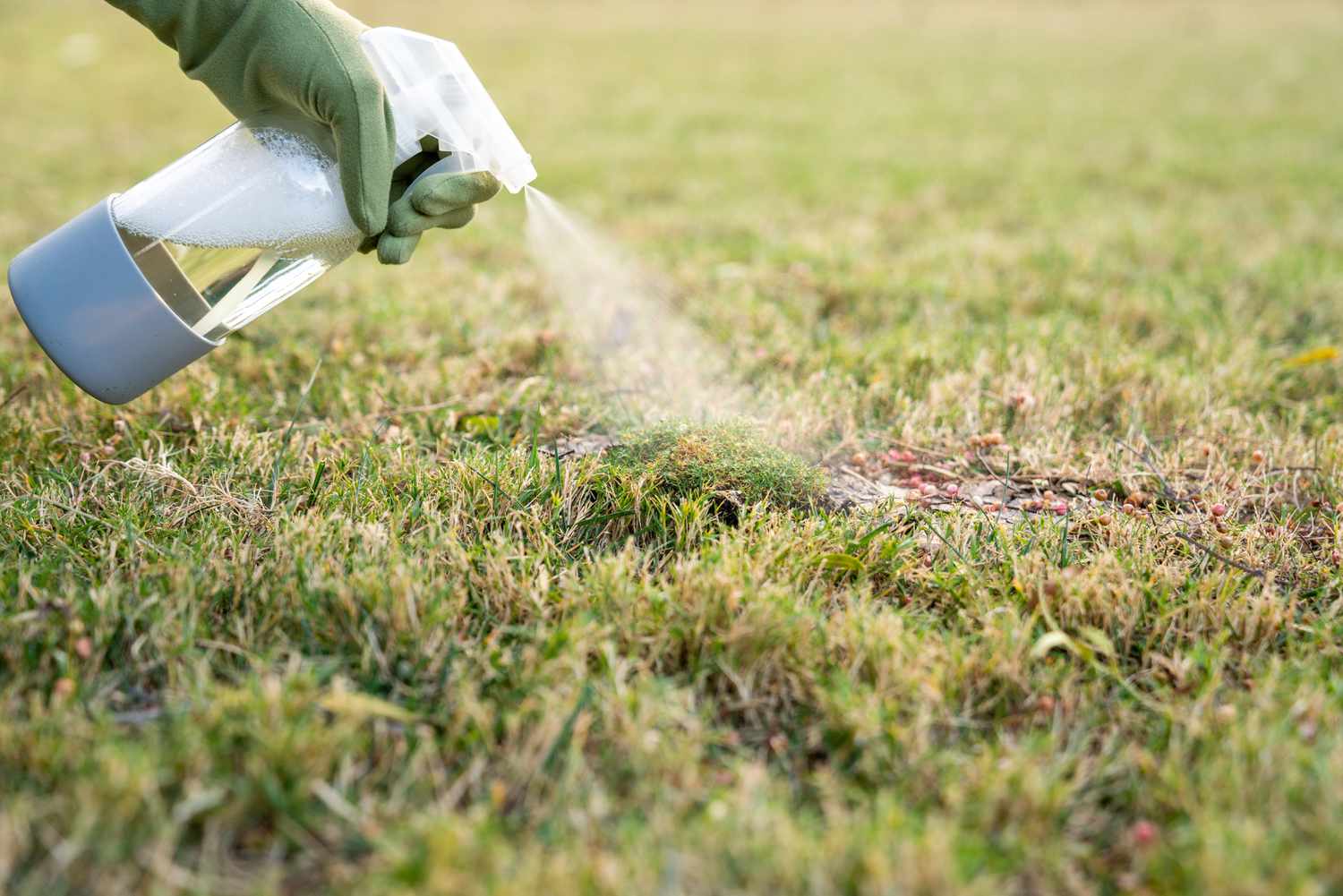



0 thoughts on “How To Store Moss”